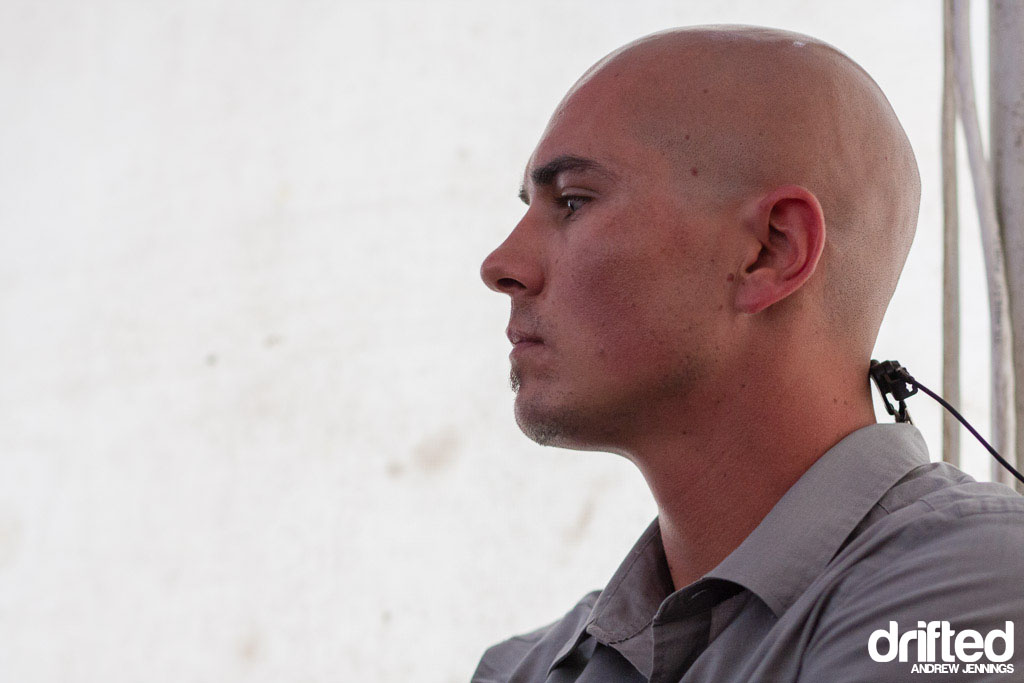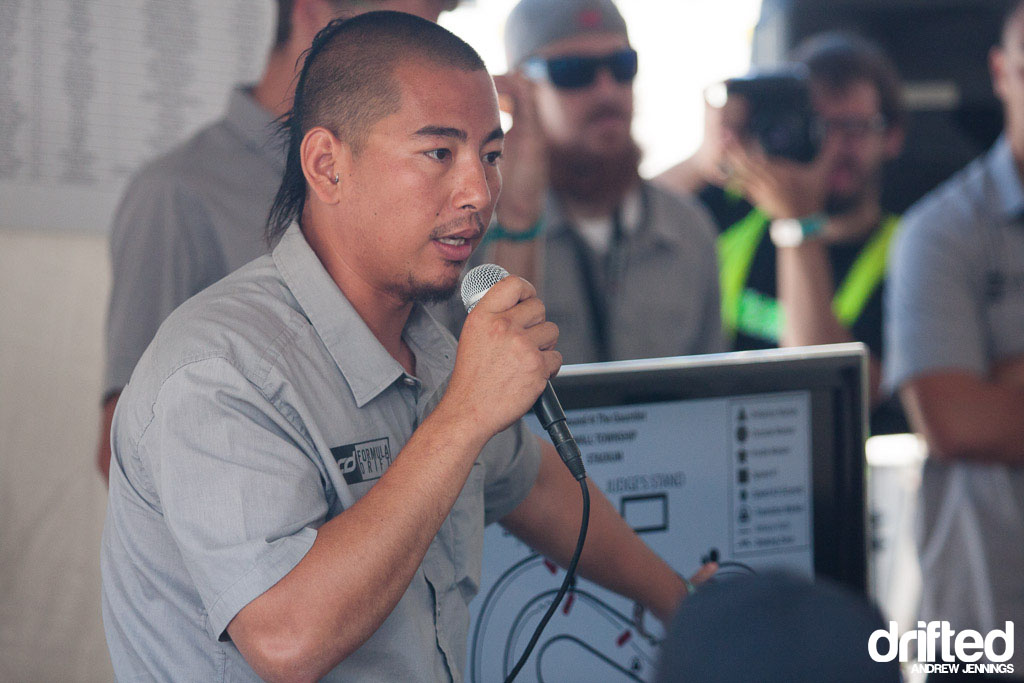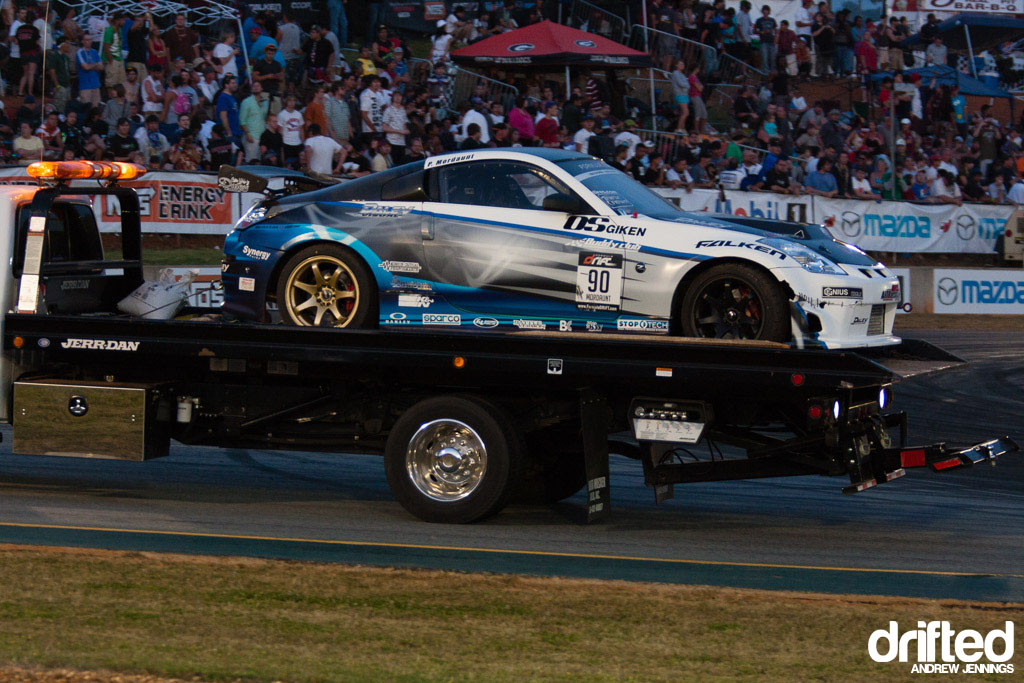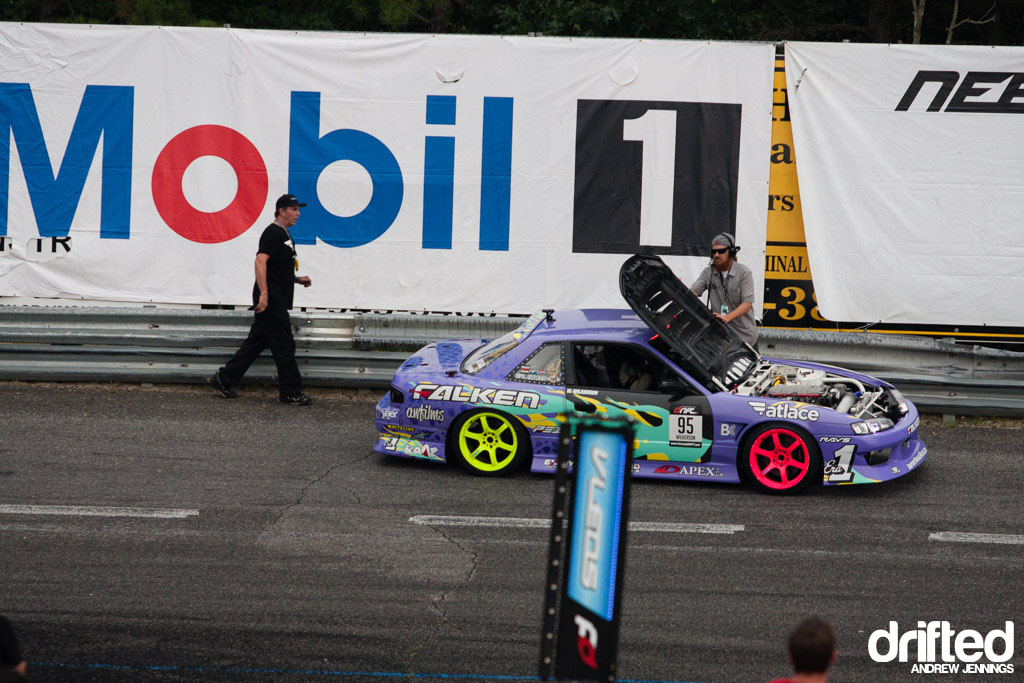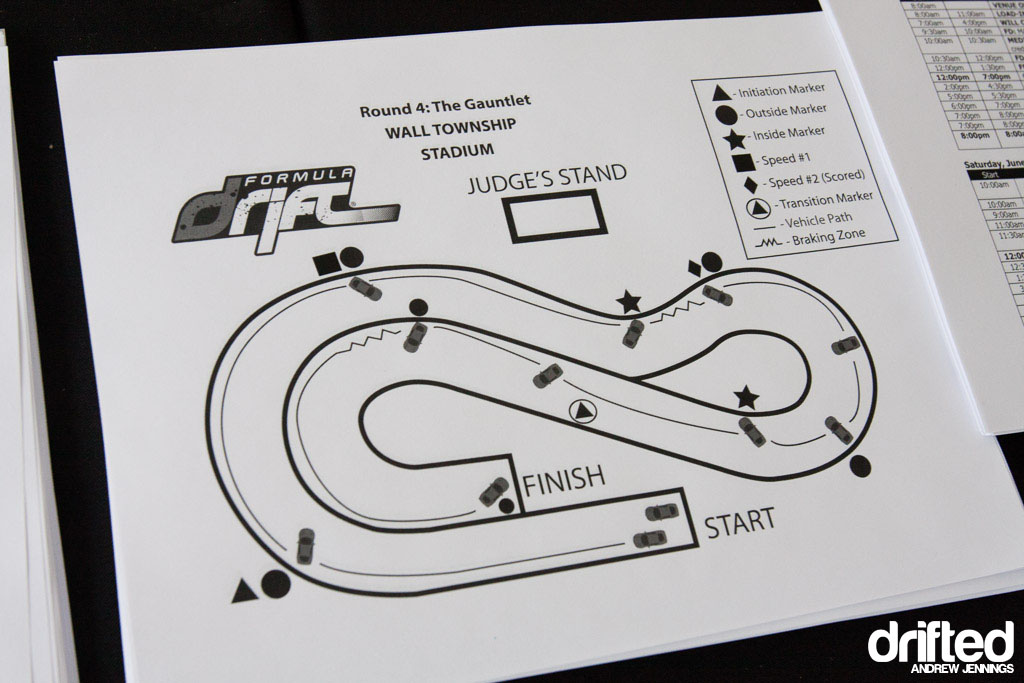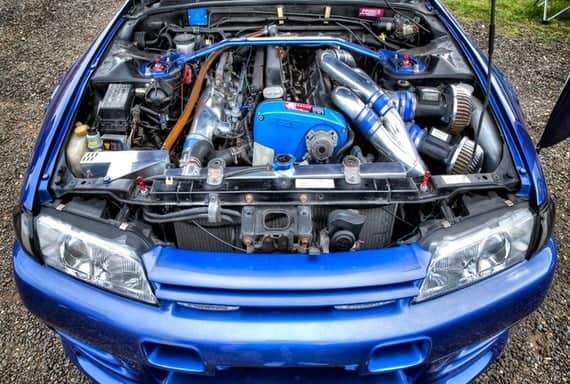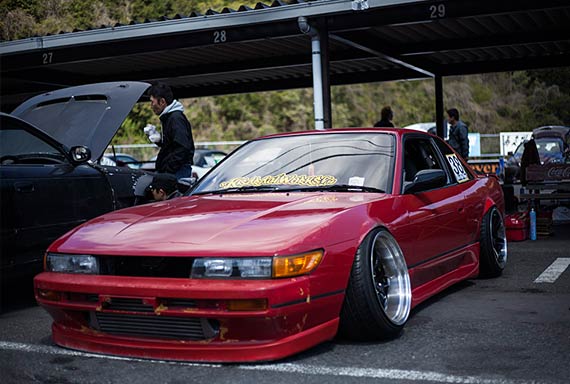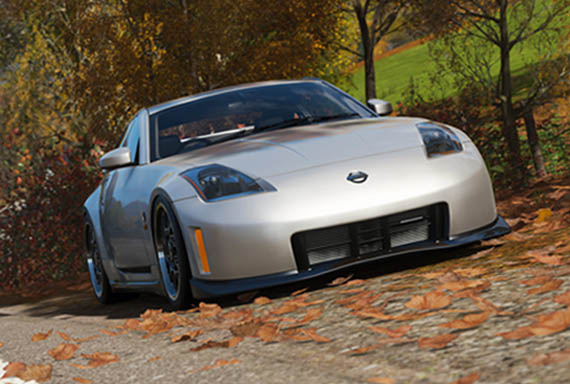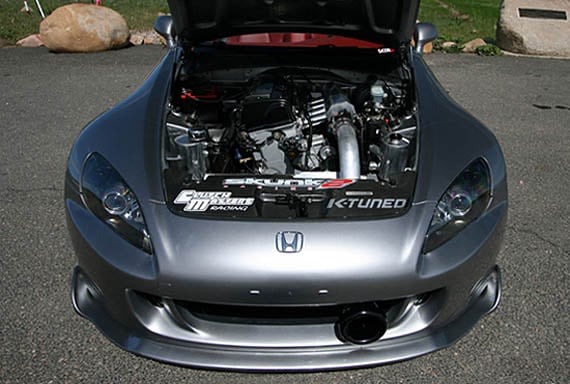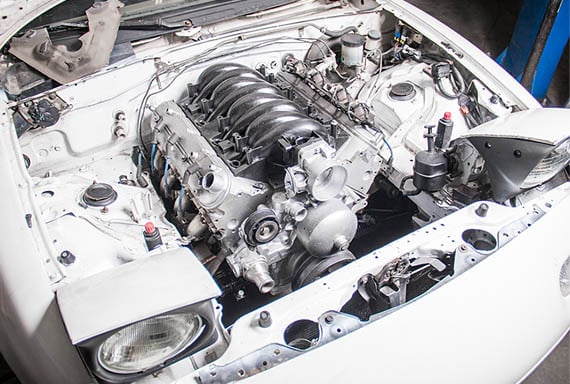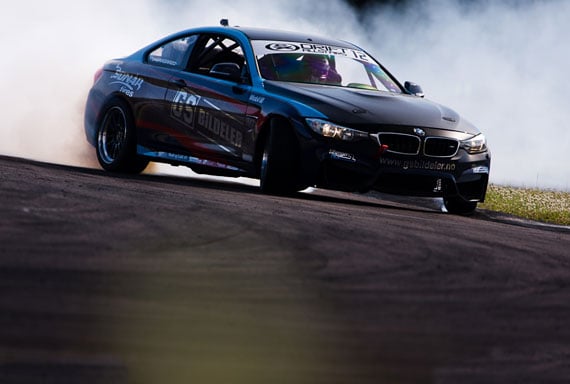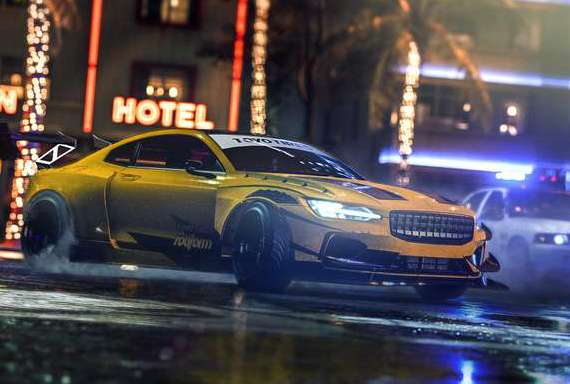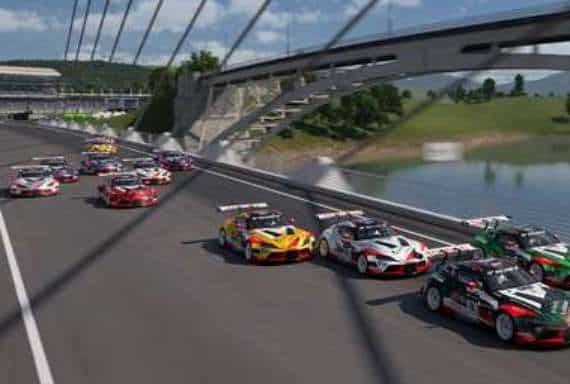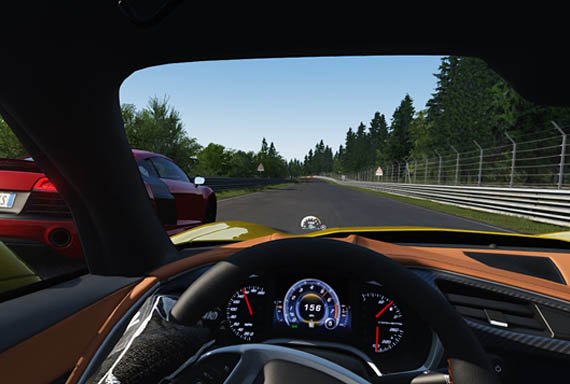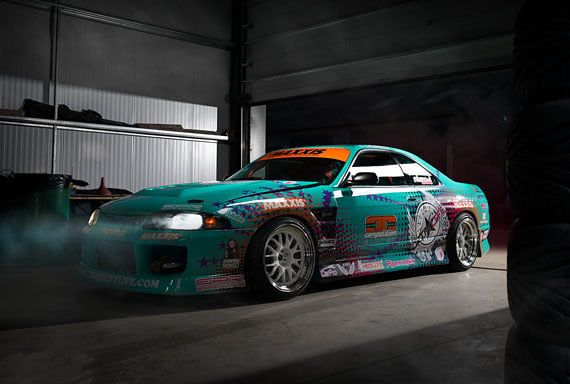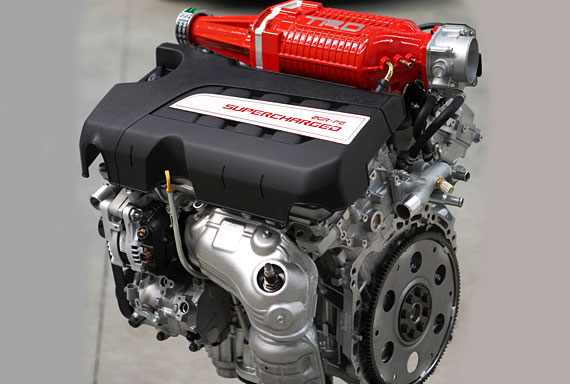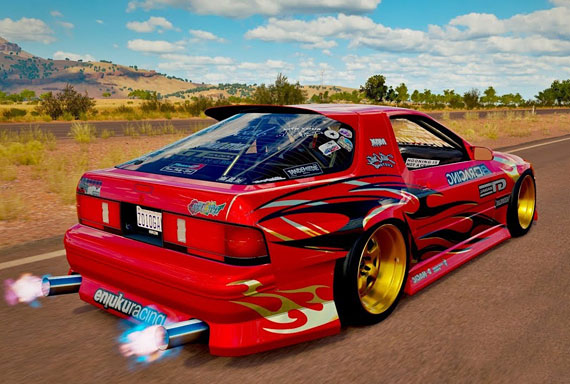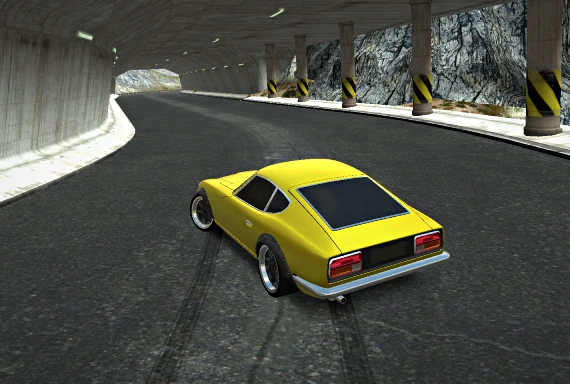NEWS: Interview with Ryan Sage on FD’s New 2013 Rules
Drifted sat down with Ryan Sage, vice president and co-founder of Formula DRIFT, to discuss the newly announced rules for 2013. Below is the transcript of our Q&A. If you are not aware of the new rules, be sure to check out Formula D’s official blog post here first, and then read the interview for the inside scoop on what prompted these measures going into the 2013 season. Also, look for some upcoming editorial posts from the Drifted staff as we try to analyze what the new rules will mean for drivers and fans.
———-
Drifted: Hello Ryan! Thank you for taking the time to speak with us about the changes to the Formula Drift rules.
RS: Certainly!
Drifted: Getting right into it, what impact do you think these changes will have on Formula Drift as an entertainment sport?
RS: The primary goal is to keep the series as exciting as possible. We try to look at the best way to continue to evolve. These rule changes are just a small part of that.
Drifted: Okay, so evolution is the primary thing you guys are looking at here?
RS: Yeah, it’s that and it’s also looking at what different things transpired over the course of the [2012] season. There are things that we think we can make more clear for teams in scoring, and there are things we think we can make easier to understand for fans.
Drifted: Can you give us an example of how the scoring was confusing in the past? Is this what prompted a whole number system for qualifying?
RS: One of the reasons that we went to whole number scoring is because it’s hard to really tell a driver what the difference is between a 23.4 and a 23.5 on a particular criteria. We had tenths in the past because we wanted to eliminate ties.
Drifted: Yet speed will continue to be awarded in 0.1 point increments?
RS: Yes, it is the speed aspect that will actually break up ties now. The speed will actually go to 0.1 points for every mile per hour. So if the lowest range median speed is 60, and somebody gets a 60.1, then their score will get 0.1 added to that. That will break up a lot of the ties. There is a 10 point swing with speed based on 1/10 increments.
Drifted: That sounds good, and should encourage drivers to really go for the speed score in qualifying to differentiate themselves from others.
RS: Right, and remember from last year with the speed category in particular you either got it or you didn’t. Now there’s a range of points you can get from zero to 10 based on your actual speed.
Drifted: Will the whole number points in qualifying be made more available to fans in the 2013 season?
RS: Yes, and we’ll talk about this stuff on Formula Drift Insider as we get up to the series.
Drifted: Awesome! Moving over to the new “Knock-out” qualifying format, can you talk a little bit about what influenced that change?
RS: In qualifying we were up to 60 drivers at a couple of events. That is almost double of what we had at the early stages of the development of the series. When qualifying takes two and a half hours or longer, from the perspective of fans, staff, and judges, it just becomes very tedious. One of the main reasons we went to the knock-out qualifying – besides the fact that we think it will be more exciting – is that you automatically lose 16 runs from qualifying.
Drifted: So explain that a little bit. How will qualifying work now?
RS: Rather than starting from the lowest ranked driver, we’ll start with the number 1 ranked driver. That person will be setting the bar since they’ll be the first person going out. This year Daigo Saito will be first out, and then Vaughn Gittin Jr., and so on. The first 16 drivers that make it through the first qualifying session will go back to the pits, and the remaining drivers will qualify for 17 through 32.
Drifted: That reduces the amount of time qualifying will take, but at the same time it will be one less run for some of the top drivers in the series. Is there any plan to make the practice sessions longer, or do something else to help the fans see those drivers on track more?
RS: We will keep at least what we have now for practice time, and possibly expand it further depending on the amount of drivers that come to each round. We’re pretty confident that there will be plenty of time for the fans to see the drivers.
Drifted: Was the knock-out style inspired by any other forms of racing? Formula 1 in particular has done knock-out qualifying for a number of years now.
RS: Yeah it kind of was inspired by Formula 1 a little bit. [Jim Liaw] and I are pretty big fans of Formula 1. As a judge, Andy Yen is also thinking about how to improve things all the time.
Drifted: Got it. During the qualifying session, how will fans be notified of the top 16 ranking?
RS: There will be a constant, real-time scroll on the live stream and the jumbotron. When Daigo Saito goes out he’ll obviously be number 1, but then when Vaughn Gittin Jr. goes he’ll either take the number 1 position or he’ll go into number 2 and so on. Fans will know when the 16th place guy is on the bubble, and he could get taken out by the next driver.
Drifted: In theory, could the #16 driver qualify with a score that is lower than the #17 driver?
RS: Oh for sure. You could have a high rank driver, someone who typically qualifies number 1, spin out on their first run. Then they can’t qualify any higher than 17th, but they potentially could go out and represent a score that would be in the top 5 [on their second run].
Drifted: Could that cause some drivers to play it safe with their first run just to get on the board?
RS: Most of them do sandbag their first run now. That’s totally fine and we have no issues with drivers that have strategy. On the other side, if you don’t qualify well, you typically don’t do very well in the championship points. Qualifying plays a huge role in the overall championship, so if you don’t go out and go big the first time around you could be potentially sacrificing that. It’s definitely going to shake things up.
Drifted: That’s very interesting. Drivers who do want to get the qualifying points will have no choice but to go out with their strongest performance, rather than sandbagging and waiting for their second run to really put something down.
RS: Exactly.
Drifted: Will the points awarded for qualifying remain the same as 2012? (12, 10, 8, etc.)
RS: We haven’t made any adjustments to that yet. Currently it is not being talked about.
Drifted: Let’s talk about the 5-minute rule, or what is now going to be called the “Competition Timeout.” What was the reason behind changing the name?
RS: To be more in line with the direction we’re going and make things sound a little more professional, we feel that “Competition Timeout” is a better alternative. It doesn’t actually change the duration of the time out and it doesn’t really change a whole lot of the features of it.
Drifted: What caused the change to the location of repairs? Drivers/teams will now only be able to work on their cars near the hot grid instead of at their pit.
RS: The primary reason for that is an example like Fredric Aasbo’s situation in Las Vegas last year. When he damaged his car and it was towed back to the pits, the towing time was a 10 or 15 minute delay and we lost 90% of our audience. It really has no bearing on the competition at all – he went out the next run and he lost. Hopefully [eliminating the tow time to the pit] is going to make the event more quick paced and more exciting without taking away from the competition.
Drifted: Was this brought up by any of the low budget teams before you made the change? Some teams can only use basic tools, whether it be in the pit or by the grid, vs. others with much more equipment near their rig.
RS: No, that was not really the motivation behind it, though we know that would be part of the benefit to some of the lower budget teams. It kind of requires that everybody is on the same level playing field. It’s just an evolution of the rule.
Drifted: Is there any plan to limit what can be repaired during the timeout?
RS: We’ll let you repair whatever you want, we just want it to be done in the specified area. We use Las Vegas as the best example because that was just such a drag. It literally took 15 to 20 minutes out of the competition and stopped everything.
Drifted: Okay, onto the issues that constitute a zero score. Do the notes about hoods or doors opening apply both to the qualifying and tandem?
RS: Yeah it will still apply. If your hood comes up no matter if you’re in the lead or chase position you’re pretty much done anyway. We’ll probably make that official later on in the rule.
Drifted: So this is mainly a clarification of how the judges are already thinking?
RS: For us, this is kind of a happy medium where we can identify things that, in drifting, we already know would be considered a zero, and try to define that a little bit better. Instead of it being an arbitrary thing, like “Hey, do you think those two tires off were a zero?” we’re just calling it out officially.
Drifted: Cones were put under the tandem section of the zero criteria. Will more consideration be given to the placement of cones, and avoid multiple cones in a row on the layout?
RS: Yeah, we realize that if you make an area filled with four of five cones it could be potentially problematic. We are trying to get away from using traditional cones and go to course markers that can go underneath the bumper. We’re also switching up how we’re doing our proximity sensors so they will be built into the course markers. You’ll get varying degrees of proximity, meaning if you are 18 inches away it will light up red, 10 inches away it will turn green, six inches or less it turns blue, that kind of thing.
Drifted: Walls or fixed objects were not called out as part of the zero criteria. If a driver hits a wall, but maintains their drift, is that okay?
RS: Correct, exactly. The way we judge walls or fixed objects is by the result of the contact. If the driver was able to hold drift and stay on line, then it’s okay.
Drifted: Cool. That finally brings us to the updated wording on passing. What effect will a legal pass have on a lead run’s score?
RS: If a driver makes an error to such a degree that it allows another [chase] driver to make a legal pass on line, it would basically be a kill shot. We need to talk about that in specific cases because there are only so many places throughout the season that this can actually happen.
Drifted: So this is a clarification that passing is allowed, but is it encouraged?
RS: I don’t know if we’re even saying it’s encouraged, we’re just saying you can do it if you want to. If drivers have enough skill to react and can take advantage of someone else’s mistake, hey, then it’s there for them. It’s still a huge risk.
Drifted: In some other countries where passing is legal today, the first corner’s inside line is a point of attack for the chase driver. Is that the spirit of this clarification?
RS: No, I don’t think so. We’re not saying to find an inside line that you can take away from the other driver. Most of our tracks are designed for outer zones. Taking the inside line is not what we’re asking the drivers to do.
Drifted: That makes sense, and I think we understand the spirit of clarifying the rule. Thank you for taking the time to discuss this today Ryan! We’re excited about seeing the new rules in action this coming season.
RS: Anytime!
———-
Andrew Jennings is a photographer and editorialist based out of Nashville, TN. He has been covering the American drift scene since 2007, and his work has been published in nationally syndicated magazines such as Modified Magazine, Import Tuner, Performance Auto and Sound, and RIDES. Andrew may be contacted through his professional online portfolio, or the social networks listed below.
Professional Portfolio: http://www.andrew-jennings.com
Facebook | Twitter | Google Plus | Flickr | PBase
